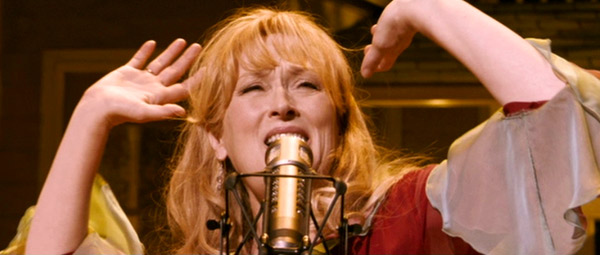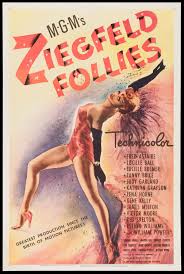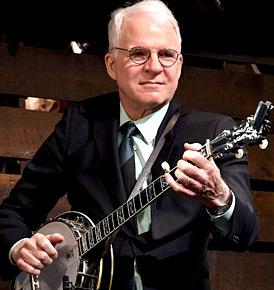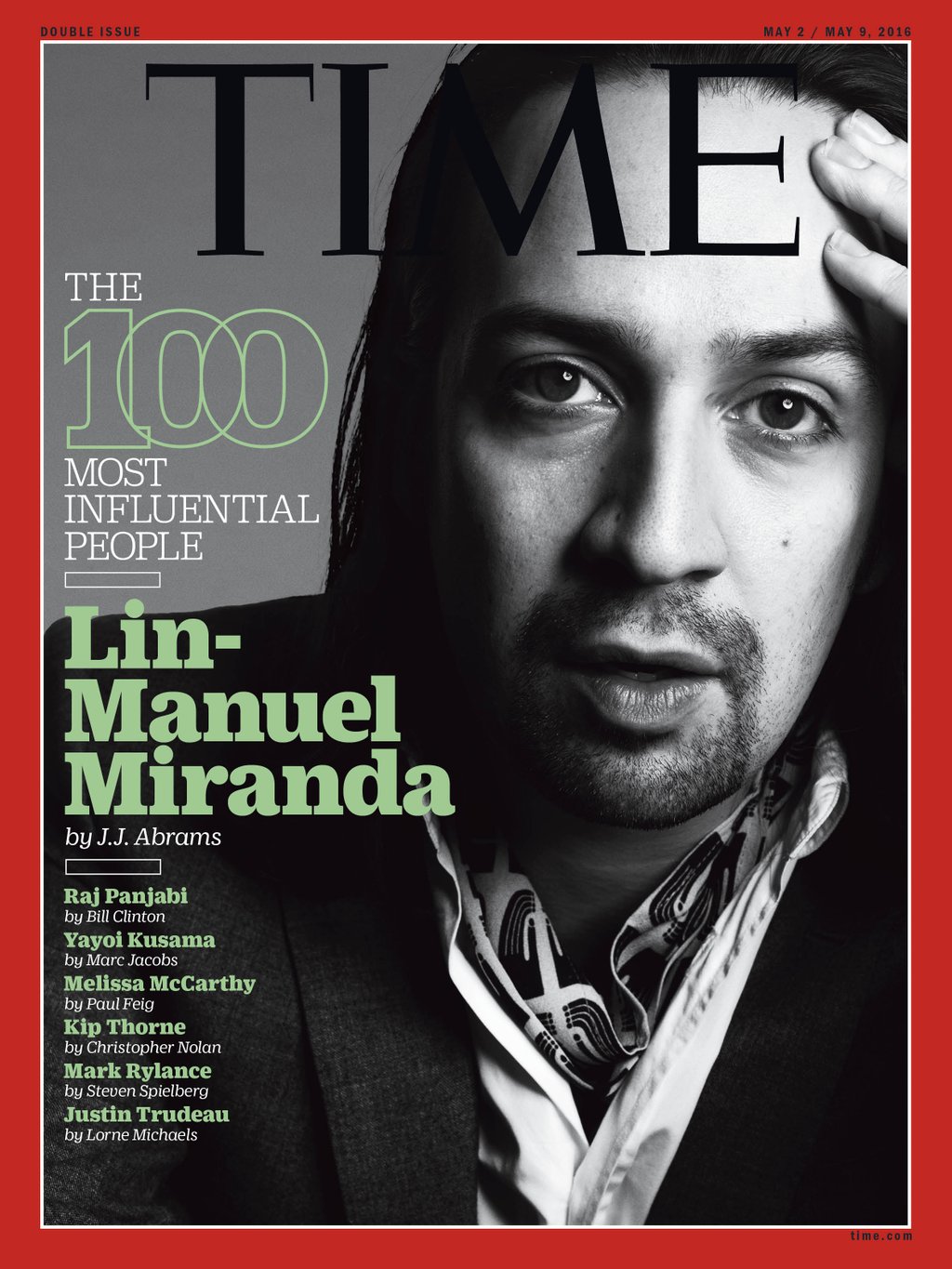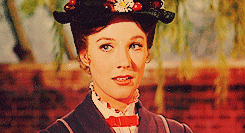Alexander the Great and Judy the Greatest
 Friday, June 10, 2016 at 8:00AM
Friday, June 10, 2016 at 8:00AM On this day in history as it relates to the movies...
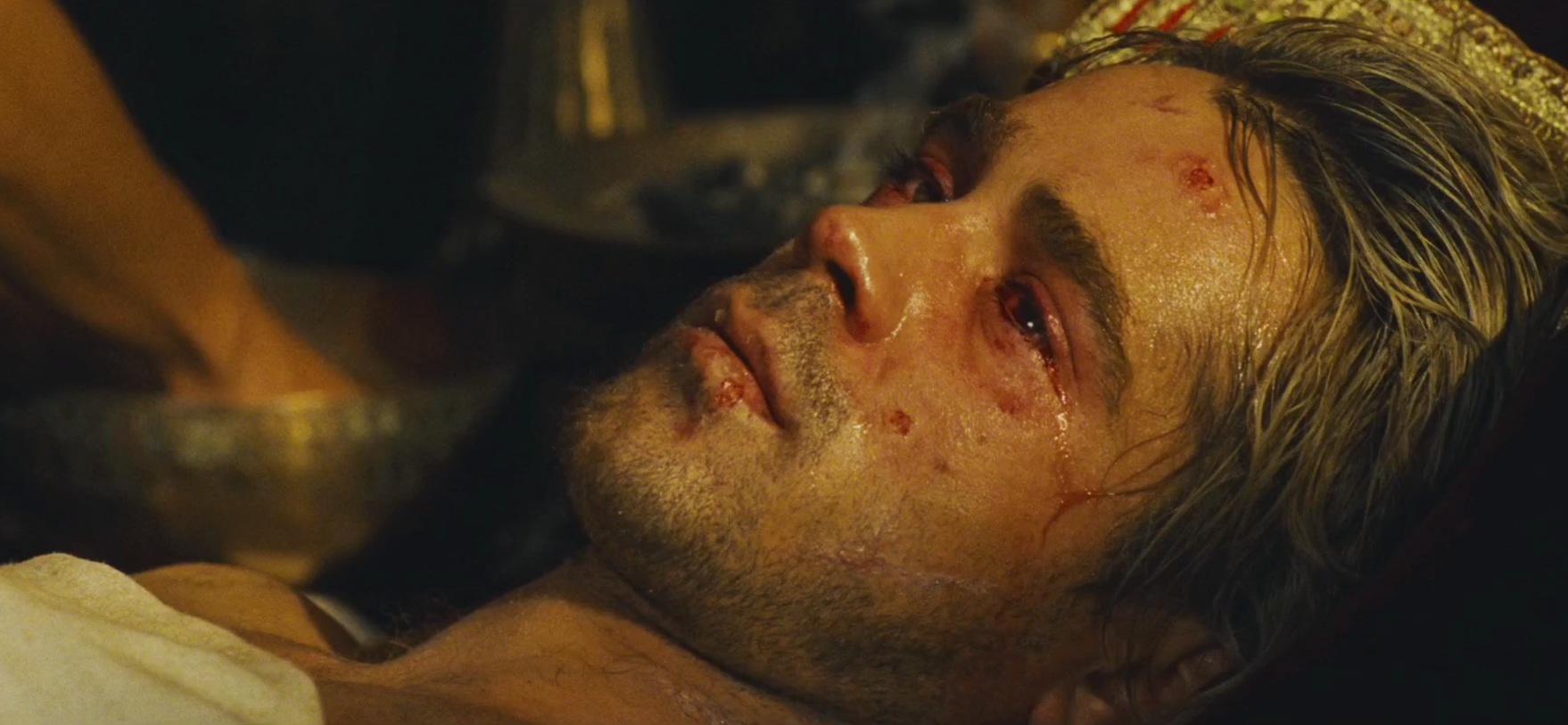
323 BC Alexander the Great dies of an unknown illness. Colin Farrell plays him in a movie centuries and centuries later and it's suggested that it's a combo of Typhus, Bad Wigs, and Loving Jared Leto that does him in. Who could survive that combo? (Remember when Baz Luhrmann was going to make an Alexander movie, too, but Oliver Stone beat him to it? We wish it had been the other way around.)
38 AD Julia Drusilla dies in Rome. In the infamous Bob Guccione movie Caligula (1979) her brother Caligula (Malcom McDowell) is shown licking her corpse. Somehow that's not remotely the most perverted thing in the movie!
1692 Bridget Bishop is executed for "Detestable Arts called Witchcraft & Sorceries." She's the first victim of the notorious Salem Witch Trials that will claim many lives and inspire many works of art including The Crucible and The VVitch and so on.
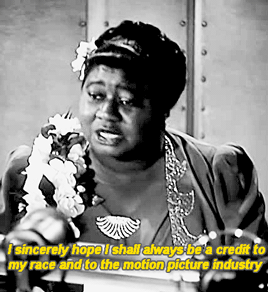 1889 Sessue Hayakawa is born in Japan, becomes an international silent screen superstar. Later Oscar nominated for The Bridge on the River Kwai (1957)
1889 Sessue Hayakawa is born in Japan, becomes an international silent screen superstar. Later Oscar nominated for The Bridge on the River Kwai (1957)
1895 Hattie McDaniel is born. Becomes a major studio player in Hollywood, the first black actor to win an Oscar, and appears in many classic films albeit as The Help. We only wish Monique were ambitious about her film career and would work on that biopic that was suggested. It'd be so rich.
1901 Frederick Loewe is born. Meets Alan Jay Lerner 41 years later and the rest is movie and stage musical history: My Fair Lady, Brigadoon, Gigi, Camelot, etcetera...
1922 Frances Ethel Gumm is born. Becomes Judy Garland, "The World's Greatest Entertainer" and one of the greatest movie stars of all time. (Easy top ten for me. How about you?) We hope you're enjoying Anne-Marie's current series "Judy by the Numbers".
1936 Soyuzmultfilm, influential animation studio of the former Soviet Union, is founded
1963 Sex god Tony Ward is born. Becomes super model, Madonna plaything ("Justify My Love" / "Sex"), and Bruce La Bruce's Hustler White (1996)
1974 Dustin Lance Black is born. Later wins the Oscar for writing Milk (2008) but, weirdly, no one threatens to take the statue back when he writes J Edgar (2011)
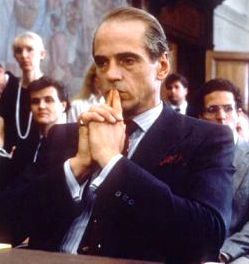 1985 Claus von Bulow is acquitted on attempted murder charges of his heiress wife. Jeremy Irons wins an Oscar playing him in Reversal of Fortune just five years later while the heiress wife (Glenn Close) narrates the morbid proceedings. Quibblers, including me, suggest that the Oscar was in part for that awful Dead Ringers (1988) snub two years prior.
1985 Claus von Bulow is acquitted on attempted murder charges of his heiress wife. Jeremy Irons wins an Oscar playing him in Reversal of Fortune just five years later while the heiress wife (Glenn Close) narrates the morbid proceedings. Quibblers, including me, suggest that the Oscar was in part for that awful Dead Ringers (1988) snub two years prior.
1988 Big Business opens starring two Lily Tomlins and two Bette Midlers. Double the pleasure
2003 Wicked opens on Broadway. It goes on to gross billions. Still no movie in sight and it'll already be old hat by the time we get one. (sigh)
2007 The final episode of The Sopranos cuts to black. Do you ever think about that show now?



